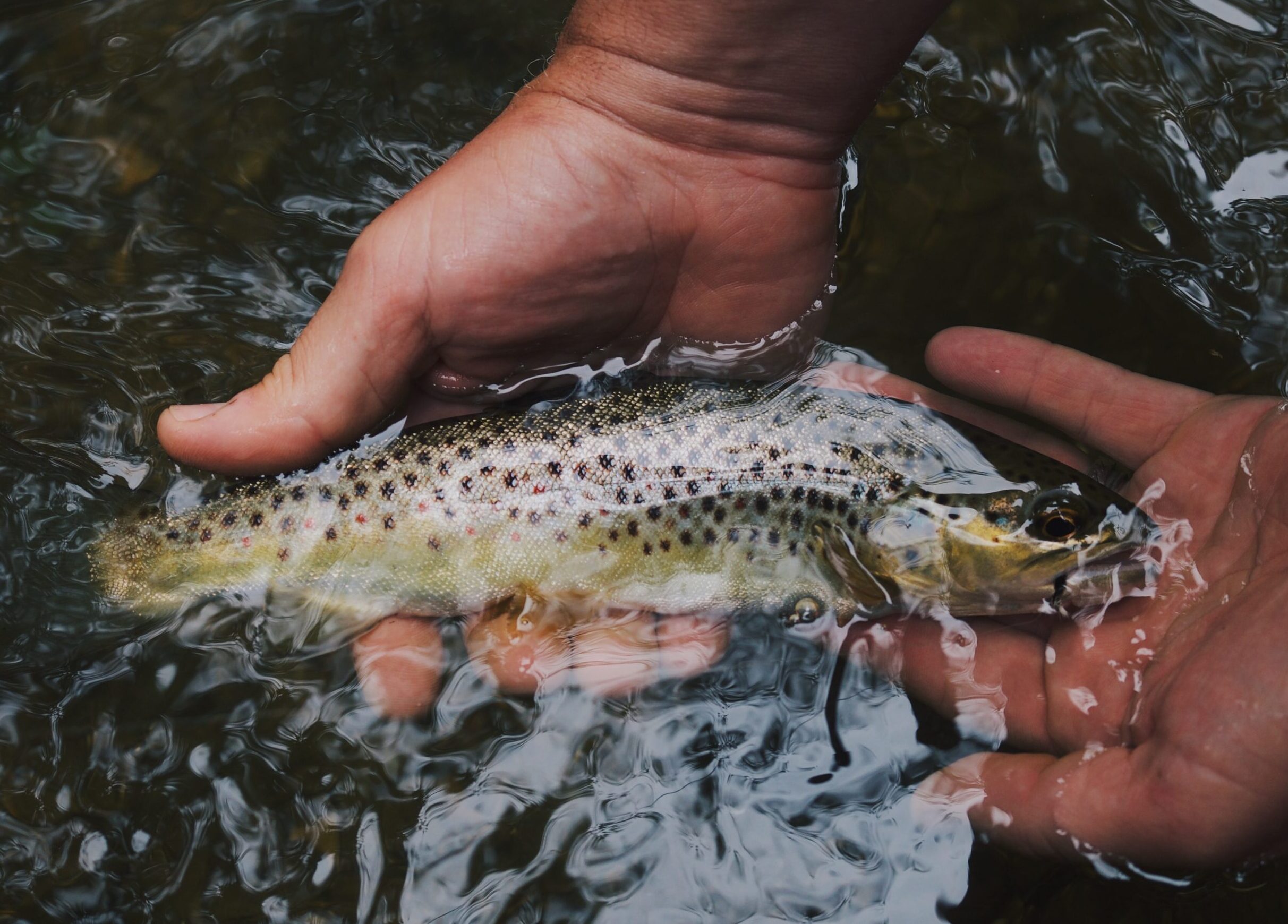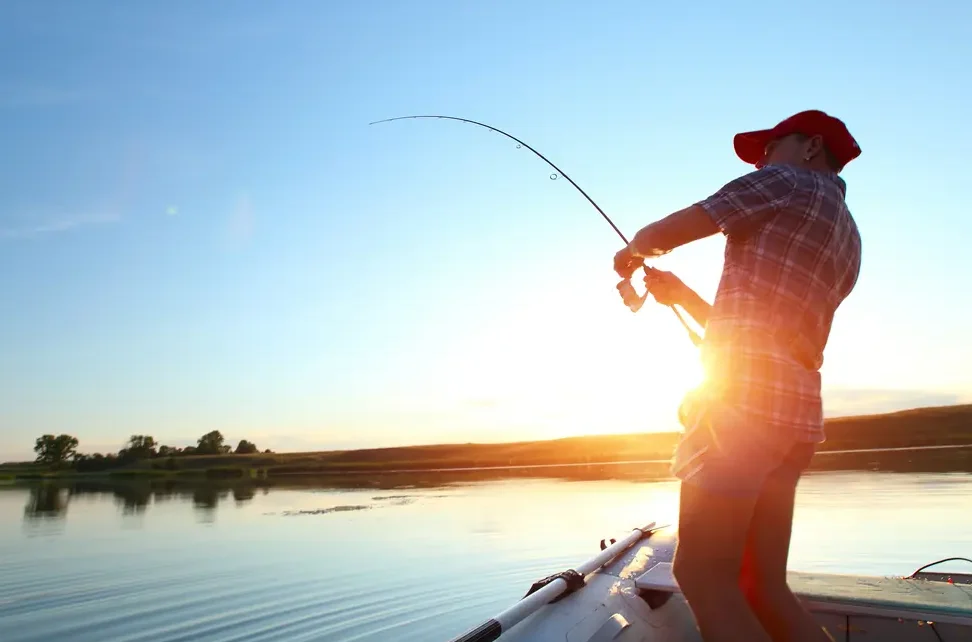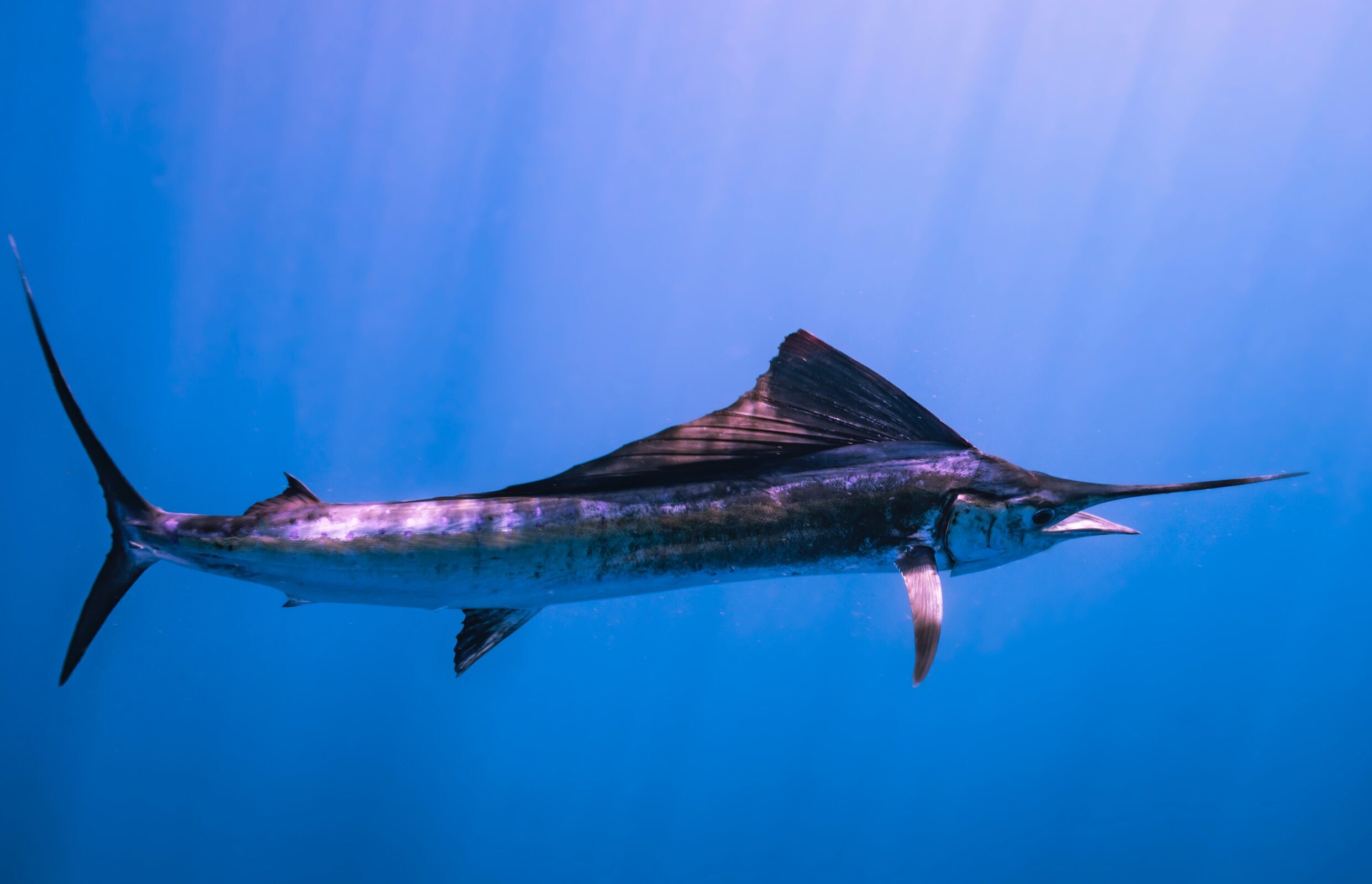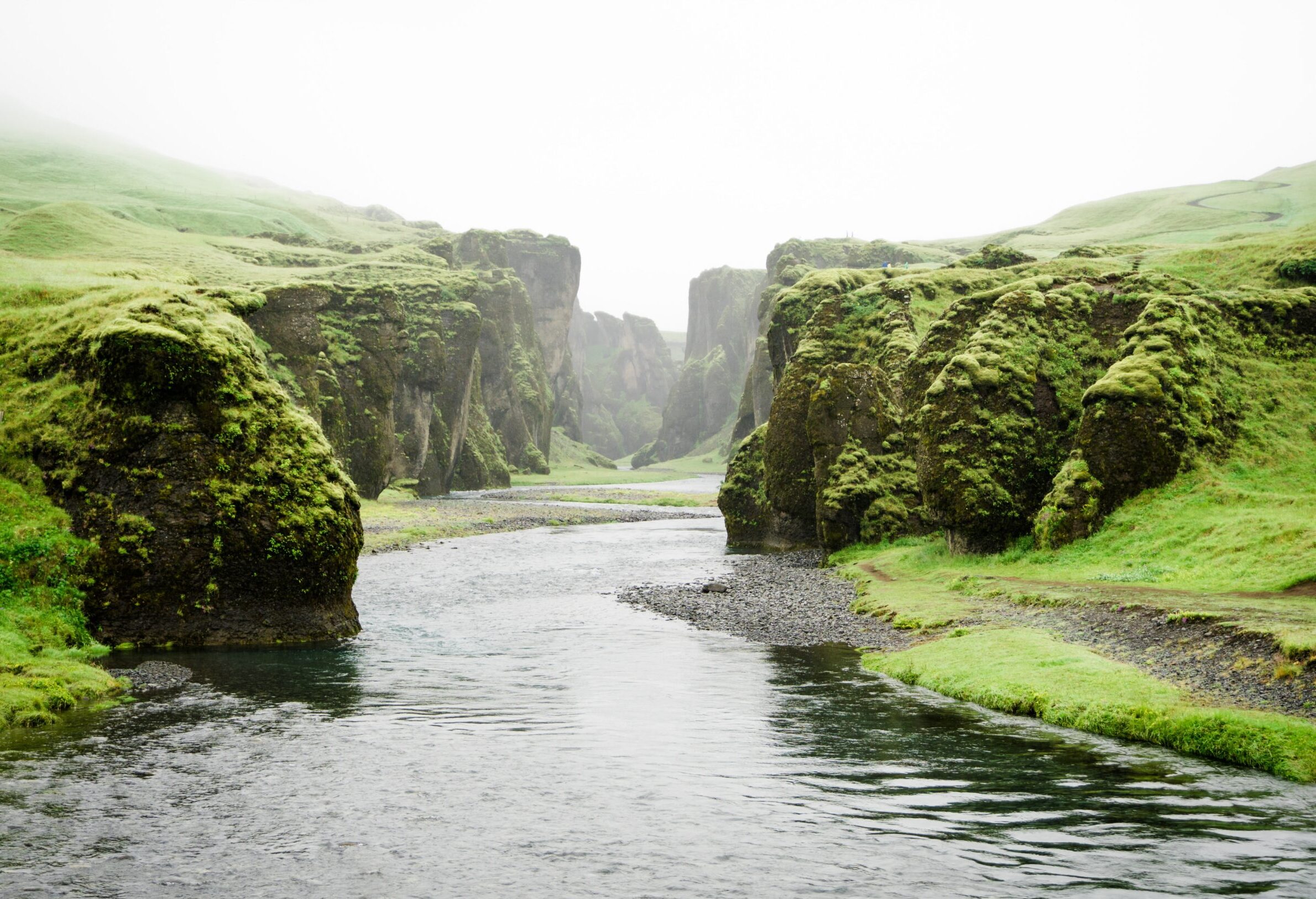Are you ready to reel in some trout? Fishing for rainbow, brown, and brook trout can be a thrilling experience for any angler. But with so many different types of bait, techniques, and locations to choose from, it can be hard to know where to start. That’s why we’ve put together this guide on the best trout fishing techniques that will help you catch more fish than ever before! Whether you’re a seasoned pro or just starting out, these tips and tricks will give you the edge you need to hook your next big catch. So grab your gear and get ready for an unforgettable day on the water!
Where to Find Trout
Trout can be found in a variety of freshwater habitats, from small streams to large rivers and lakes. One key factor for finding trout is to look for areas with cool, oxygenated water. This means that streams or sections of rivers with riffles, rapids, or waterfalls are often good places to start.
Another important consideration when looking for trout is the presence of cover or structure in the water. Trout like to hide under rocks and fallen trees, so these areas can be particularly productive. Look for pools behind boulders or logs where they might be resting.
When fishing in larger bodies of water such as lakes, it’s important to focus on specific areas where trout may congregate. This can include rocky points, underwater humps or ridges, drop-offs and weed beds.
It’s also worth noting that different types of trout have different habitat preferences. Rainbow trout tend to prefer faster-moving waters while brown trout thrive in deep pools and undercut banks. Brook trout on the other hand are typically found in smaller creeks and streams with cooler temperatures.
In summary, when searching for trout it’s important to consider factors such as water temperature oxygenation levels and available structure within the body of water you’re fishing in order try your luck at catching them!
The Best Time of Day to Fish for Trout
Timing is everything when it comes to trout fishing. Knowing the best time of day to fish for trout can make a huge difference in your success rate. Generally, early morning and late afternoon are the most productive times of day to fish for trout.

During these times, the sun is less harsh and the water temperature is cooler, making it more comfortable for the trout to surface and feed. Trout tend to be more active during low light conditions as well, so overcast days can also provide great opportunities for catching them.
However, this doesn’t mean you should give up on midday fishing altogether. If you find yourself fishing during this time, seek out shaded areas or deeper pools where the water will be cooler and more comfortable for trout.
It’s important to take into account seasonal changes as well when considering timing. During spring months, mornings can be particularly productive as that’s when hatches occur more frequently. In summer months, evenings may be better due to rising water temperatures throughout the day.
Ultimately, understanding how timing affects trout behavior can help improve your chances of catching them while allowing you to enjoy peaceful moments by a beautiful stream or lake at any time of day!
What Bait to Use for Trout
When it comes to trout fishing, using the right bait can make all the difference. There are a variety of baits that work well for catching rainbow, brown, and brook trout.
Live bait is often preferred by many anglers as it presents a more natural-looking meal for the fish. Nightcrawlers, minnows, and insects like grasshoppers and crickets are all great live bait options.
Artificial lures are another popular option for trout fishing. Spinners, spoons, jigs or streamers mimic small fish swimming in the water which can entice larger predatory fish such as brown trouts.
Powerbait is also widely used among anglers because they come in different colors that imitate food sources available to the trouts like worms or eggs depending on what species of trout you want to catch.
Ultimately choosing the right bait will depend on several factors including location and personal preference. It’s always best to do some research before heading out on your next fishing trip so you can bring along an assortment of baits that will increase your chances of success!
How to Hook and Land a Trout
Hooking and landing a trout can be the most exciting part of your fishing trip. First, make sure you have the right gear – a strong rod, reel, and line are essential for reeling in these hard-fighting fish.
When it comes to hooking a trout, timing is everything. Wait until you feel the weight of the fish on your line before setting the hook with a quick upward motion of your wrist.
Once hooked, keep constant tension on the line by reeling in slowly but steadily. This will tire out the fish and prevent it from breaking free.

If you’re using bait instead of lures, avoid “jerking” or pulling too hard on the line as this can cause the bait to come loose from its hook. Instead, use gentle movements to simulate natural swimming motions.
When it’s time to bring your catch onto land or into your boat, be careful not to handle it too roughly as this can damage its delicate scales and fins. Use a net if possible or gently cradle it in wet hands while removing hooks or taking photos.
By following these tips for hooking and landing trout safely and effectively, you’ll increase your chances of success on every fishing trip!
Rainbow Trout Fishing Tips
Rainbow trout is a prized catch for any angler because of its beautiful colors and fighting spirit. Here are some tips to increase your chances of catching rainbow trout.
First, make sure you have the right equipment. Rainbow trout often prefer lighter gear, so using a 4-6 weight rod with a matching reel and line can help you cast more accurately. Also, use smaller hooks (size 10-16) to avoid spooking them.
Secondly, pay attention to their feeding habits. Rainbow trout tend to feed on insects that are found near the surface or just below it. Therefore, using dry flies or nymphs can be effective in enticing them into biting.
Thirdly, try different retrieval methods until you find what works best for that particular day and location. Some anglers swear by the “dead drift” method where the fly moves naturally with the current while others prefer twitching the lure slightly.
Always practice catch-and-release techniques when fishing for rainbow trout as they play an important role in maintaining healthy ecosystems.
Brown Trout Fishing Tips
Brown trout are some of the wariest fish in the water, and catching them can be a real challenge. Here are some tips to help you improve your brown trout fishing game.
Firstly, consider using live bait such as worms or minnows as they tend to work well for brown trout. If you prefer artificial lures, try using small spinners or crankbaits that mimic small prey fish.
Another key tip is to pay attention to the water temperature since brown trout like cooler waters between 50-60 degrees Fahrenheit. Look for shady areas or deeper pools where the water might be cooler during hot summer days.
When casting your line, use stealthy techniques and avoid making sudden movements that could spook these skittish fish. You may want to cast upstream and let your lure drift naturally downstream towards their hiding spots under rocks or logs.
Don’t forget about timing! Brown trout tend to feed most actively during low-light conditions such as early mornings or late evenings when insects are more active on the surface of the water.
By keeping these tips in mind and being patient and persistent in your efforts, you’ll soon become a master at catching those elusive brown trout.
Brook Trout Fishing Tips
Brook trout are one of the most exciting species to catch, and proper techniques can help you land a big catch. Here are some tips for fishing for brook trout:
– Look for cold water: Brook trout prefer cold water temperatures, so look for streams or rivers with cooler waters.
– Use small lures: Brook trout have smaller mouths than other types of trout, so it’s best to use smaller lures or flies when fishing for them.
– Cast upstream: When casting your line, try casting upstream and letting your lure drift downstream towards the fish. This technique is known as “dead drifting” and can be very effective in catching brook trout.
– Experiment with different retrieves: Sometimes slow retrieves work better while other times fast retrieves may be more effective. Try experimenting with different retrieve speeds until you find what works best.


